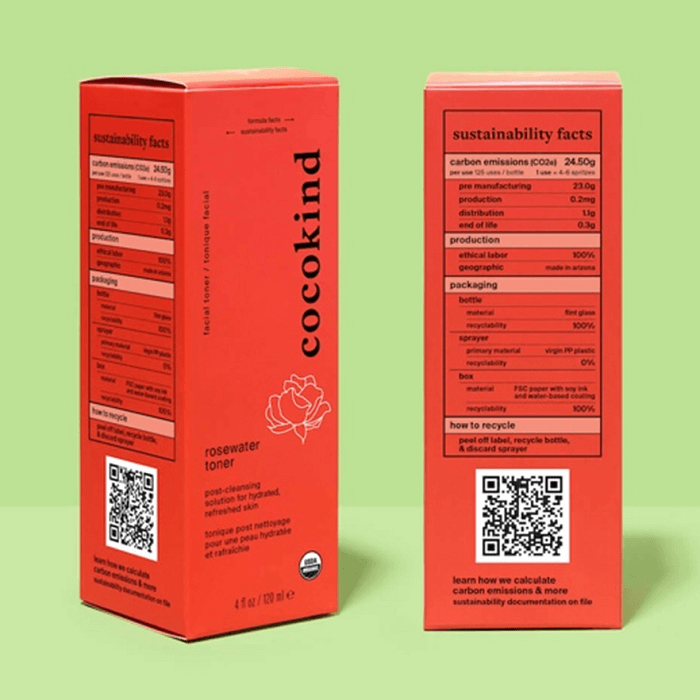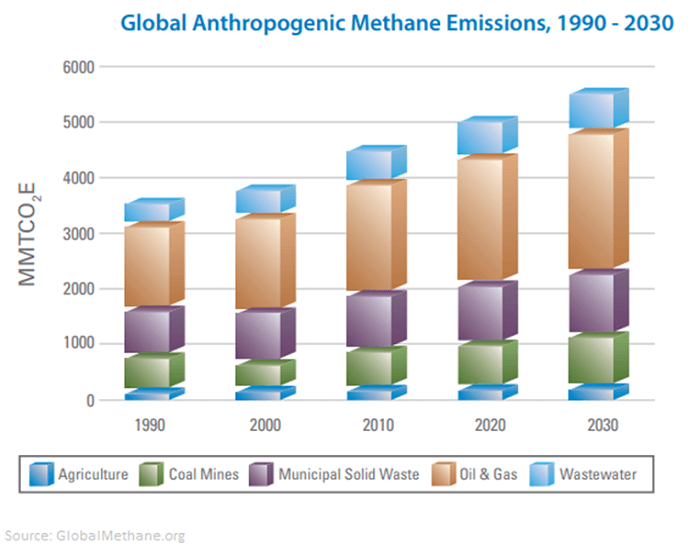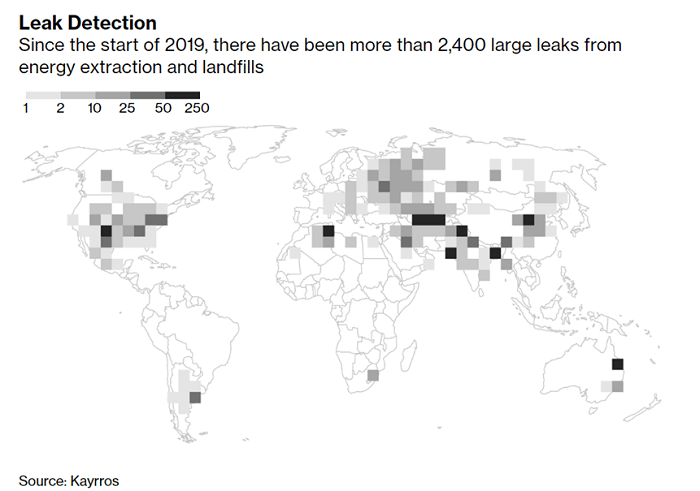This ain’t your childhood McDonalds anymore.Gone are the statues of Ronald McDonald, the Hamburglar, and Grimace.Gone are the ball pits and playgrounds.Instead, kids can enjoy a biodiversity walk and a nature trail with rainwater collection.Because McDonald’s has been subjected to a UK mandate to reduce—and then eliminate—all carbon emissions.That’s why it opened a new kind of McDonald’s in Shropshire, UK a year ago.The UK Green Building Council verified the Market Drayton McDonald’s as the first net-zero building in the UK for construction.To get there, the restaurant had to make some peculiar choices:
- The building is insulated with British sheep’s wool.
- The drive-thru lane is made from recycled tires and the curbs are from plastic bottles.
- Wall art is made from coffee beans and plastic cups, glued together with starch from McDonald’s potatoes.
Not just that, but daily operations are also net-zero.It draws electricity from on-site wind turbines and solar panels.This first-of-its-kind store is a blueprint for a complete revamp of the 1,400 McDonald’s locations in the UK by 2030.It’s part of the company’s plan to reduce its emissions from the current 53 million tonnes of carbon per year—more than the entire country of Norway.And McDonald’s still has a long way to go—especially for its Scope 3 emissions.

So they’re not stopping with groundbreaking restaurants.
McDonald’s wants customers to get in on the action, too.
February 21/2022 Update: EU Carbon Prices reach 100 euros per tonne.
Count Carbons, Not Calories
Nutritional labeling on packaged foods in the United States began back in 1990 with the passage of the Nutrition Labeling and Education Act.
The new law required that most packaged foods have a label that includes information on the food’s calories, fat, cholesterol, sodium, and certain other nutrients.
The law also set standards for nutrient content claims, such as “low-fat” or “high-fiber.”
Prior to all of this, providing nutritional information was voluntary.
(Which, by the way, is where the carbon market is now—caught halfway between voluntary and compliance.)

Just Salad has added carbon labels to their food, and skincare company CocoKind has done the same in the beauty industry.
But it’s not stopping with packaged goods.
In 2018, the FDA began requiring large restaurant chains to put the caloric count next to menu items. Now, that’s being met with a carbon count.
- Large restaurants such as Chipotle and Panera are voluntarily putting “carbon labels” on their menus.
Katusa Research has predicted this many times over the past few years.Carbon counting is coming to nearly every product you purchase.Google Flights has adopted it. And it’s only a matter of time before the carbon footprint of your Amazon order is shown at checkout.Because a company can’t find themselves the last one to add it—otherwise they look like the bad guys.
Double Cheeseburger with a Side of Emissions Reduction
But for McDonald’s, showing carbon information to customers just won’t cut the mustard.You see, the company operates at a scale unlike anything else.It has a massive empire of 39,000 restaurants in 119 countries.It feeds 68 million people every day—one percent of the world’s population.
- McDonald’s sold more than 200 burgers while you read this sentence.
On top of that, the products it sells are incredibly emissions-heavy. All those burgers take lots of cows…
- And beef has at least five times the carbon impact of pork or chicken, and more than fifteen times that of plant-based options like nuts or lentils.
McDonald’s status as one of the largest fast-food chains in the world means its beef use has a huge impact on the environment.Cows are also more dangerous in the way that they affect the environment.Cattle are infamous for their immense production of methane, a greenhouse gas that significantly contributes to global warming.
- Methane is 84 times more dangerous than carbon dioxide in the short-term.
And cows are responsible for about 40 percent of global methane emissions.All of that is keeping McDonald’s working so hard they’re teaching customers how to cut their own emissions and gluing plastic cups to their walls.But there’s another culprit that’s less easy to blame than cows.And the solution they need could be much more profitable.
Crystal (Clear) Meth
Below is a chart which shows the growth in methane emissions by emitting sector since 1990.

You’ll see a major culprit is the oil and gas industry.Why? Gas leaks.As oil and gas development flourished over the past few decades, so too did the methane emissions.

The fix is simple: implement stricter regulations on the oil and gas industry, and increase investment in gas-capture technology.And the benefits are incredible…Reducing the oil and gas industry’s methane emissions by 45 percent could avoid 0.2 degrees Celsius of warming by 2100.United Nations research has found that many measures to curb leaks can be implemented at no cost—and even result in savings.In fact, right now, the oil and gas industry has the technical ability to reduce methane emissions by 75 percent at low or zero cost.And all methane leaks from the coal sector could be eliminated without any significant effort.Everyone else may now return to eating their carbon-heavy Big Macs in peace.Regards,Marin KatusaP.S. My team and I follow the carbon markets closely, if you want to see where I’m putting my own money, click here to learn more about my premium newsletter – Katusa’s Resource Opportunities.
Details and Disclosures
Investing can have large potential rewards, but it can also have large potential risks. You must be aware of the risks and be willing to accept them in order to invest in financial instruments, including stocks, options, and futures. Katusa Research makes every best effort in adhering to publishing exemptions and securities laws.
By reading this, you agree to all of the following: You understand this to be an expression of opinions and NOT professional advice. You are solely responsible for the use of any content and hold Katusa Research, and all partners, members, and affiliates harmless in any event or claim.
If you purchase anything through a link in this email, you should assume that we have an affiliate relationship with the company providing the product or service that you purchase, and that we will be paid in some way. We recommend that you do your own independent research before purchasing anything.



